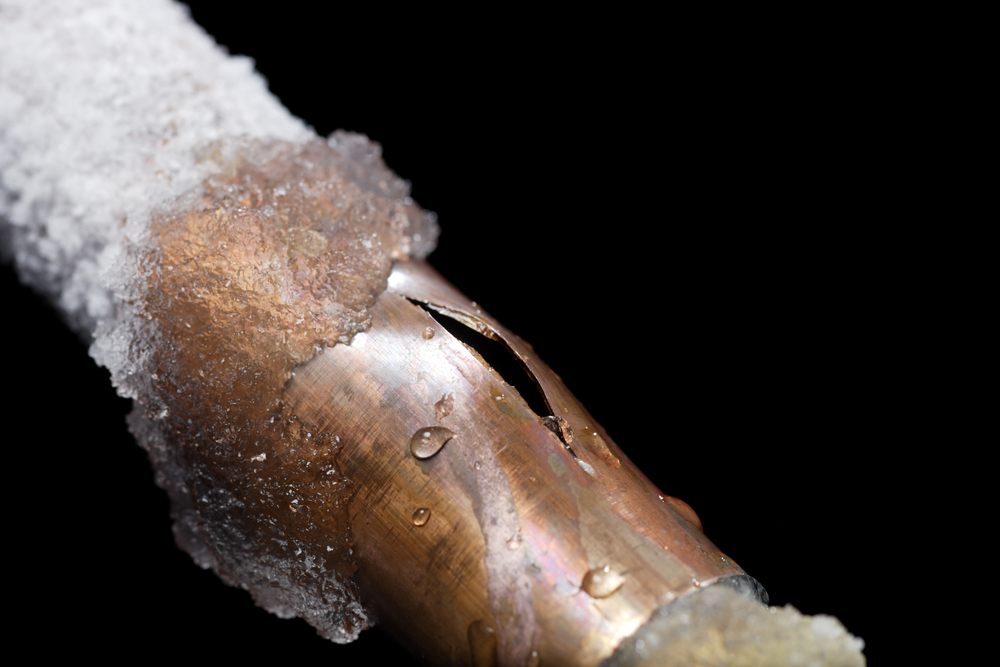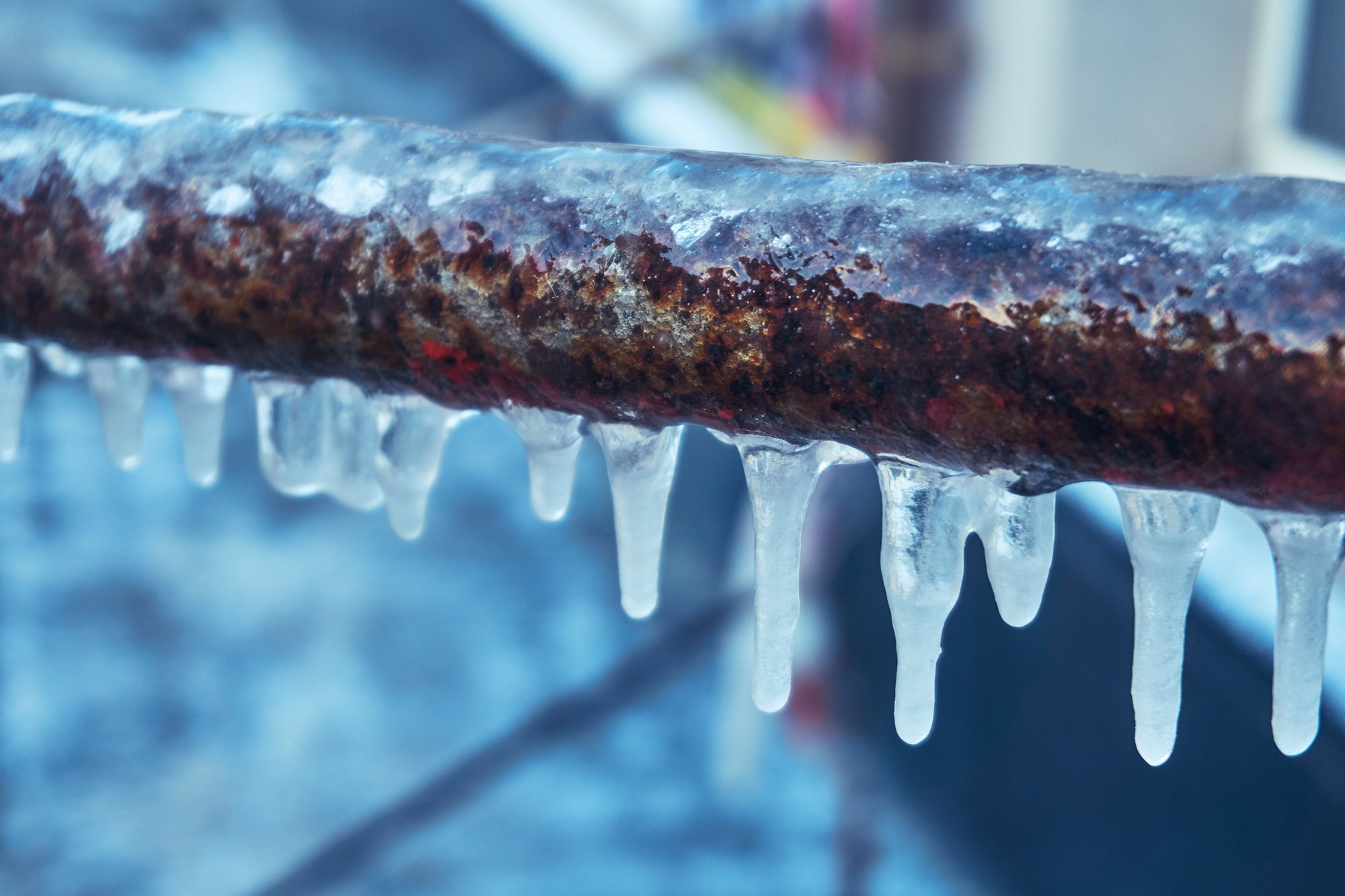Important Tips to Avoid Frozen Pipes in Cold Weather: Expert Guidance
Important Tips to Avoid Frozen Pipes in Cold Weather: Expert Guidance
Blog Article
We have noticed this article pertaining to Winter Plumbing Precautions: Preventing Frozen Pipes down the page on the net and believe it made perfect sense to relate it with you on this page.

Winter can ruin your plumbing, particularly by freezing pipes. Right here's exactly how to stop it from happening and what to do if it does.
Introduction
As temperatures drop, the risk of frozen pipelines increases, potentially bring about costly repair services and water damages. Understanding exactly how to avoid icy pipelines is essential for house owners in cool environments.
Prevention Tips
Insulating susceptible pipes
Wrap pipes in insulation sleeves or make use of warm tape to protect them from freezing temperatures. Concentrate on pipelines in unheated or external locations of the home.
Heating strategies
Maintain interior rooms appropriately heated up, particularly locations with plumbing. Open up closet doors to permit warm air to circulate around pipes under sinks.
How to determine frozen pipes
Try to find reduced water circulation from faucets, unusual odors or noises from pipes, and noticeable frost on exposed pipes.
Long-Term Solutions
Architectural changes
Take into consideration rerouting pipelines away from exterior wall surfaces or unheated locations. Add extra insulation to attic rooms, cellars, and crawl spaces.
Upgrading insulation
Invest in top quality insulation for pipelines, attics, and walls. Correct insulation assists maintain regular temperatures and lowers the danger of frozen pipelines.
Protecting Exterior Plumbing
Yard hoses and exterior faucets
Detach and drain yard hoses before wintertime. Mount frost-proof spigots or cover outdoor faucets with protected caps.
Recognizing Icy Pipelines
What creates pipes to freeze?
Pipes freeze when exposed to temperatures listed below 32 ° F (0 ° C) for extended durations. As water inside the pipes ices up, it broadens, taxing the pipeline walls and possibly creating them to break.
Dangers and damages
Icy pipes can cause water disruptions, property damage, and pricey fixings. Ruptured pipes can flooding homes and cause extensive structural damages.
Indicators of Frozen Piping
Determining icy pipelines early can stop them from breaking.
What to Do If Your Pipelines Freeze
Immediate activities to take
If you presume frozen pipes, maintain taps available to soothe stress as the ice melts. Use a hairdryer or towels taken in warm water to thaw pipes gradually.
Verdict
Stopping frozen pipelines needs proactive actions and quick responses. By recognizing the causes, indicators, and preventive measures, home owners can secure their pipes during winter.
6 Proven Ways to Prevent Frozen Pipes and Protect Your Home
Disconnect and Drain Garden Hoses
Before winter arrives, start by disconnecting your garden hoses and draining any remaining water. Close the shut-off valves that supply outdoor hose bibs and leave the outdoor faucet open to allow any residual water to drain. For extra protection, consider using faucet covers throughout the colder months. It’s also important to drain water from any sprinkler supply lines following the manufacturer’s directions.
Insulate Exposed Pipes
Insulating your pipes is an effective way to prevent freezing. Pipe insulation is readily available at home improvement stores and is relatively inexpensive. Pay close attention to pipes in unheated areas such as the attic, basement, crawl spaces, or garage. Apply foam insulation generously to create a buffer against the cold. You can also wrap your pipes in heat tape or thermostat-controlled heat cables for added warmth.
Seal Air Leaks
Inspect your home for any cracks or openings that could let in cold air. Seal any holes around the piping in interior or exterior walls, as well as the sill plates where your home rests on its foundation. Additionally, make sure to keep your garage door closed unless you’re entering or exiting. Leaving it open creates a significant air leak that can lead to frozen pipes.
Allow Warm Air Circulation
During cold snaps, it’s essential to allow warm air to circulate evenly throughout your home. Leave interior doors ajar to promote better airflow. Open kitchen and bathroom cabinets to help distribute heat consistently around the rooms. If you have small children or pets, be sure to remove any household chemicals or potentially harmful cleaners from open cabinets for safety.
Let Faucets Drip
A small trickle of water can make a big difference in preventing ice formation inside your pipes. When temperatures drop significantly, start a drip of water from all faucets served by exposed pipes. This continuous flow helps prevent the water from freezing. Additionally, running a few faucets slightly can relieve pressure inside the pipes, reducing the chances of a rupture if the water inside does freeze.
https://choateshvac.com/6-proven-ways-to-prevent-frozen-pipes-and-protect-your-home/

I'm certainly very taken with How to Prevent Your Pipes From Freezing and I am hoping you enjoyed reading the entire post. Loved our piece? Please share it. Let other people check it out. Thanks a lot for being here. Please visit our site back soon.
Call Today Report this page